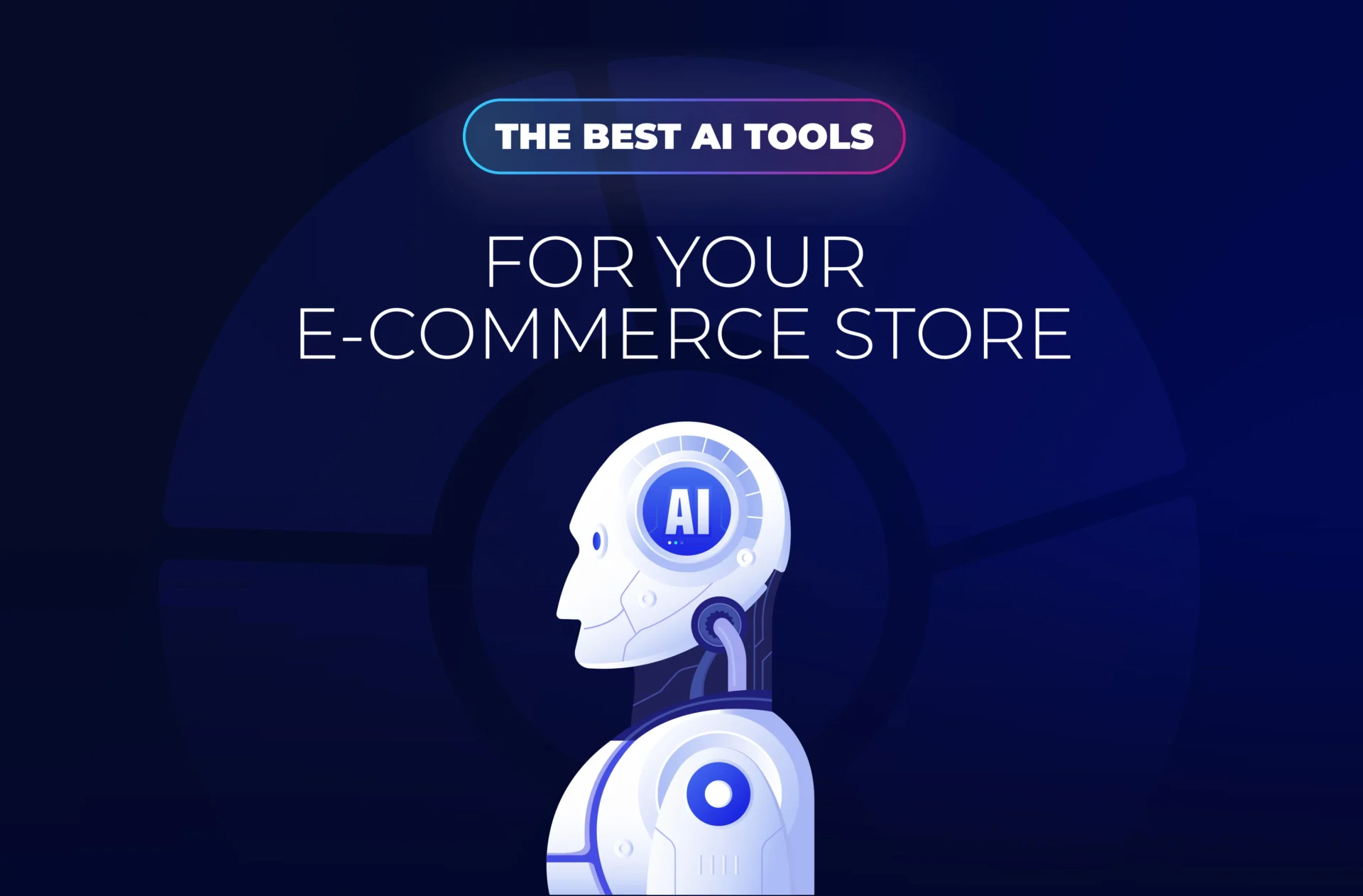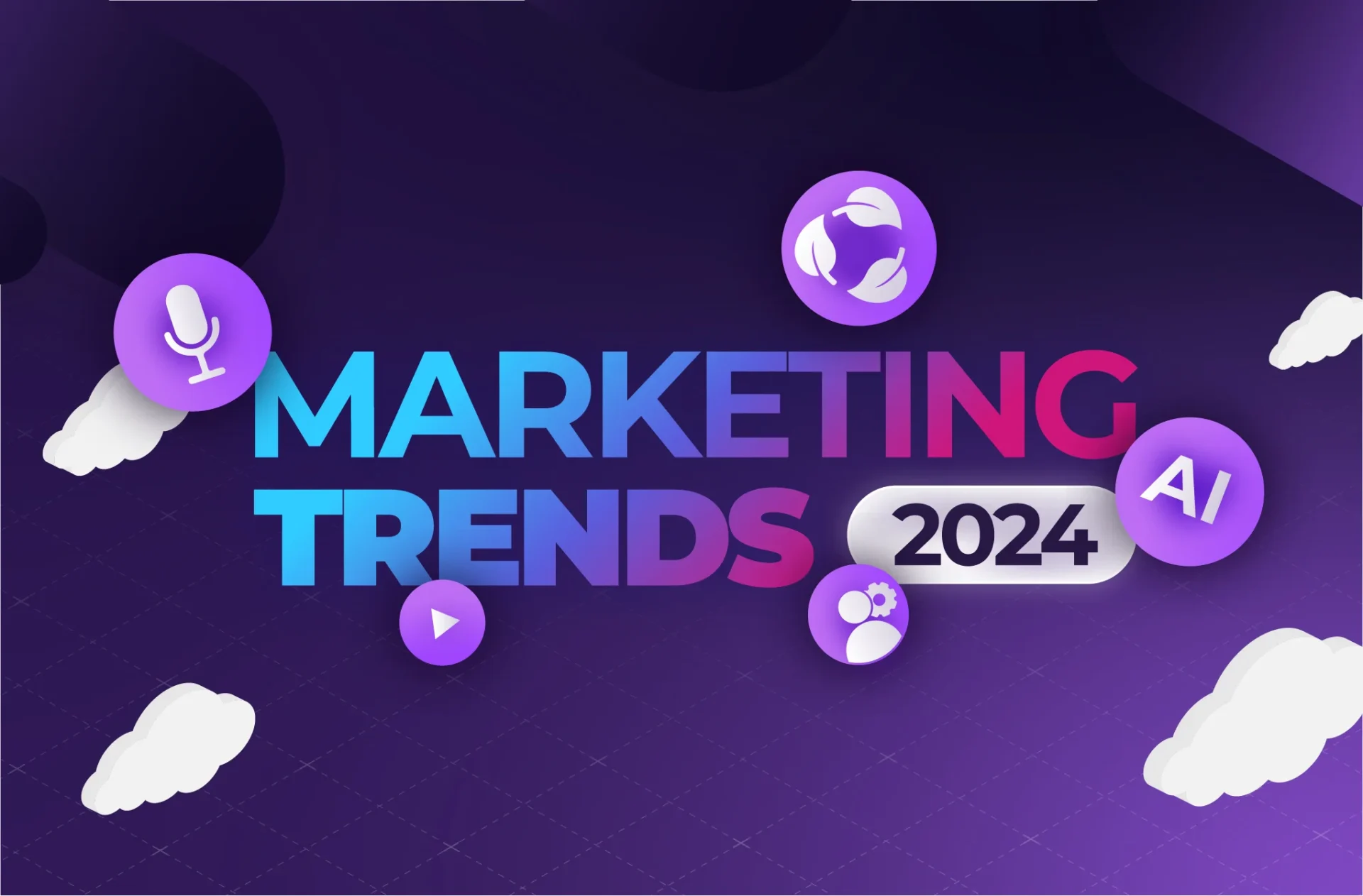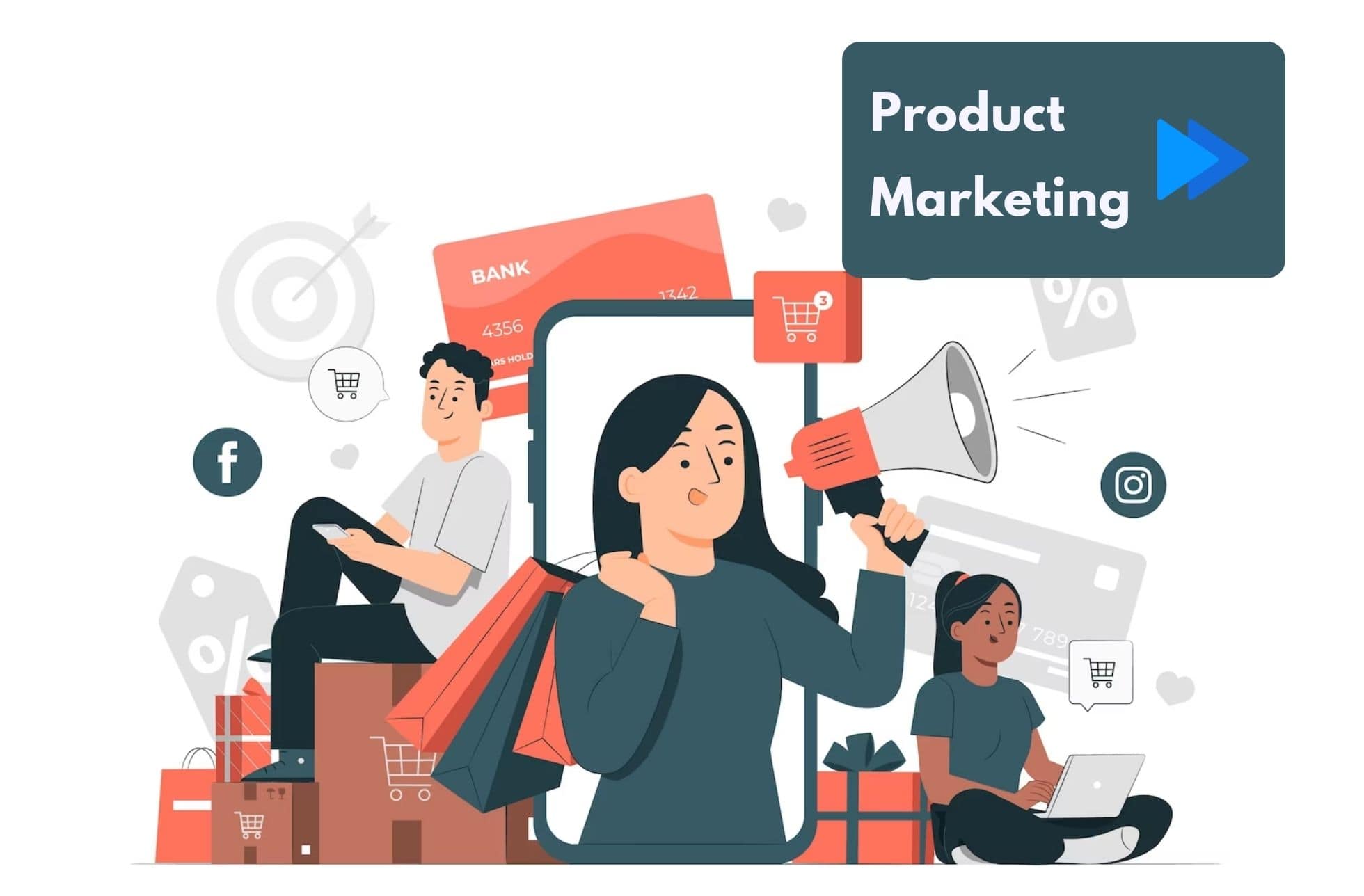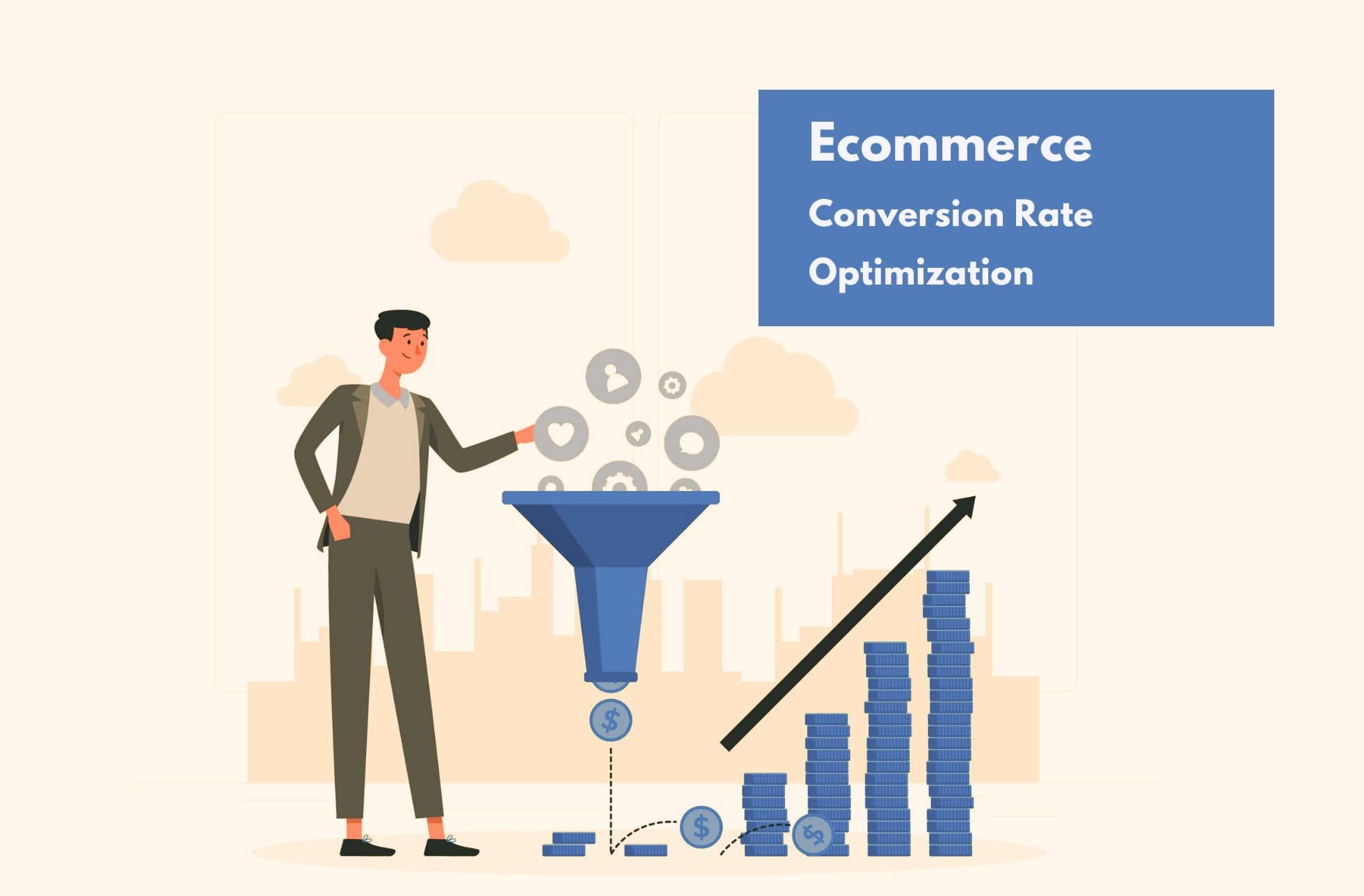How long have you been on any type of social media platform?
I am 46 years old and begrudgingly joined LinkedIn and Facebook back in 2009. I joined LinkedIn because I was laid off during the economic downturn and was told that this was a great way to network for potential job opportunities. I also signed up for Facebook as I was told that it was a great way to keep up with long lost friends from high school and college.
Fast forward to 2017, I joined Twitter and run our company’s account as a way to evangelize our start up’s platform of Predictive Buyer Scoring powered by Machine Learning. Again, I hesitantly joined as I didn’t really see any business benefit from it.
Boy as I was wrong on this one!
If not for Twitter, I wouldn’t have been able to virtually make contacts with media partners, where in the span of 3 months, we have published six articles and conducted a webinar where we are slowly, but surely evangelizing our platform’s message.
There’s no question that social media is an integral part of making important contacts in any business.
Now social-media is everywhere and it cannot be escaped. It’s the place where many people turn to get their news first in the morning on their smart-phone. It has worked to rapidly spread both positive and negative messages for ALL types of companies big and small. It can be both a blessing and a curse. According to a Pew Research Center article in Jan 2017:
- 7/10 Americans use social media versus 5% in 2005
- Facebook , Pinterest, Instagram, LinkedIn, Twitter are the most popular social media platforms
- Social media usage is becoming more prevalent with those older than 30
- Close to 80% of social media users make Facebook part of their daily routine
In my past articles, you have heard me talk about the Predictive Buyer Score. The Predictive Buyer Scoring encompasses these three things:
- web engagement of past successful conversions
- current online behavior pattern
- behavior pattern on social media
These components are used to figure out your Predictive Buyer Score via Machine Learning algorithms.
Going Viral and the Consequences of Negative Social Media Behavior
Prior to the advent of social media and smartphones, customer complaints were typically handled individually between affected customers and owners/employees or through a customer service department. Nowadays, customers can just pull out their smartphones and record or take pictures of transgressions as they are happening and share it on social media platforms for the world to see.
- Walmart: An article by USA Today on Aug 10th, states that ‘A Walmart gun display urging customers to “Own the school year like a hero” drew has drawn such a negative response that the company has spent the last 24 hours repeatedly apologizing to outraged tweeters.’
- United Airlines: Back in April of this year, United Airlines had to deal with a PR disaster of their own when a video of a man being forcibly dragged off an overbooked flight made their rounds on social media. In addition to the intense negative backlash they received, United shares fell by 2 percent.
The biggest takeaway is that now customers have a louder voice than ever. What was previously handled in private is now on a stage for all to see, and word of mouth travels farther than ever. However, this isn’t always bad news as you can capitalize on this phenomenon for great PR:
Positive Viral Media Stories
Don’t worry; there are plenty of uplifting stories that go viral as a result of social media.
- Walmart: On August 25, an elderly woman had passed out in an Evan’s GA store due to complications from blood thinners. A Walmart customer and several employees rushed to the woman’s aid until medial help arrived.
- Frosted Art Bakery and Studio: ABC News reported on a story about a 150 pound University of Oklahoma cake baked for a recently married couple who are big fans of the university .
The Future of Social Media and the Effects on Your Business
Social media is here to stay and it isn’t just a platform for ‘kids’ or a great way to waste time. The variety of social media tools can help spread both positive and negative messages instantly to the masses.
How this affects the e-commerce shop owner can be massive. Potential customers will often check out your website as well as your social media to platforms to determine if they want to purchase your product or service. The way someone interacts on your social media site can affect your Predictive Buyer Score.
Positive social media sentiments can drive more people to your site and thus help increase sales. Negative social media sentiments can spread like wildfire and could have disastrous consequences. The importance of being on-top of your company’s social media sentiments is crucial in today’s business environment and as American philosopher Elbert Hubbard eloquently states, ‘Positive anything is better than negative nothing.’




